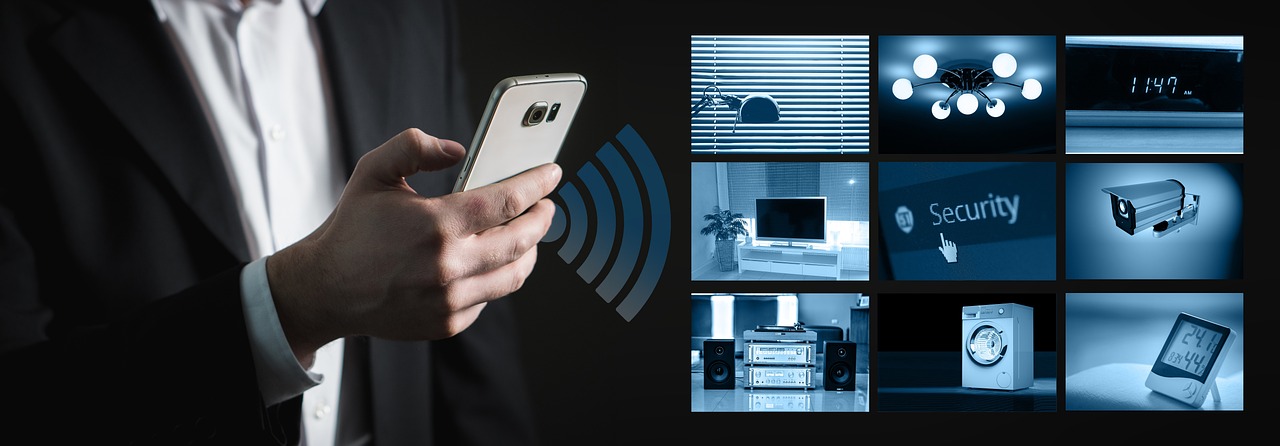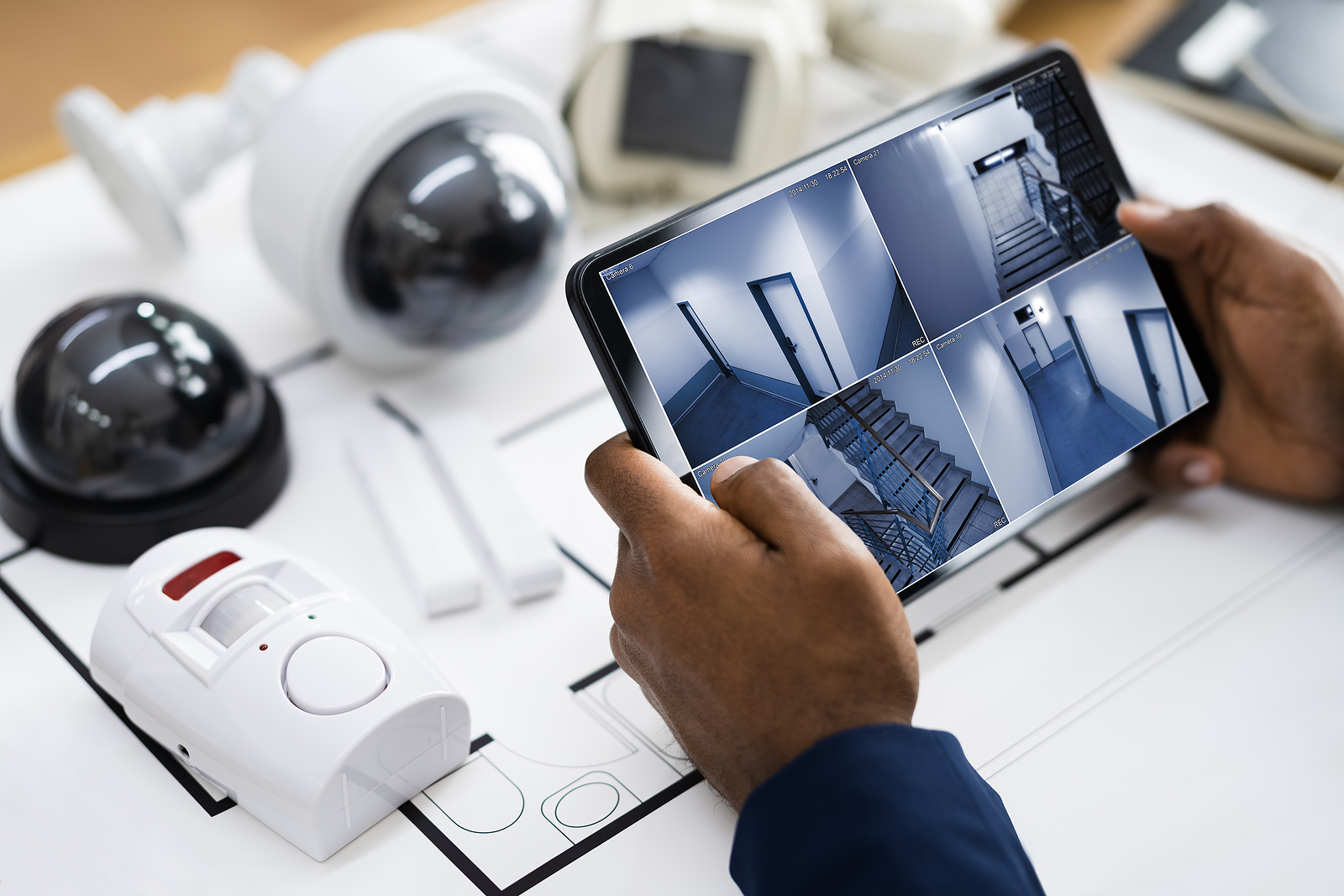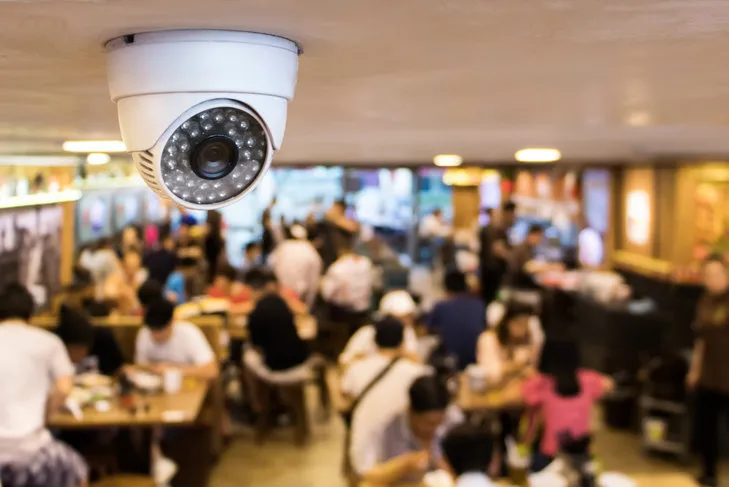CCTV systems, or Closed-Circuit Television systems, are a set of video surveillance technologies and equipment designed to monitor and record activities in specific areas or premises. These systems use cameras, video recorders, and other components to capture, transmit, and store video footage for security, monitoring, and surveillance purposes. CCTV systems have a wide range of applications, including:
- Security: The most common use of CCTV systems is for security and surveillance. They help deter crime, monitor potential security threats, and provide evidence in the event of criminal activities.
- Traffic Monitoring: CCTV cameras are often installed on roadways, at intersections, and in tunnels to monitor traffic conditions, enforce traffic laws, and manage traffic flow.
- Retail Loss Prevention: Retail stores use CCTV systems to deter shoplifting, monitor employee behavior, and investigate incidents of theft or fraud.
- Home Security: Many homeowners install CCTV systems to monitor the exterior of their homes, deter burglars, and keep an eye on their property when they are away.
- Industrial Monitoring: CCTV systems are used in industrial settings to monitor manufacturing processes, machinery, and ensure workplace safety.
- Healthcare: Hospitals and healthcare facilities use CCTV systems to enhance security, monitor patient care, and protect valuable medical equipment.
- Education: Schools and universities use CCTV systems for campus security and to monitor common areas and classrooms.
- Public Transportation: Buses, trains, and subway systems use CCTV systems for passenger safety, incident investigation, and to monitor for vandalism.
- Public Spaces: Many public spaces, such as city centers, parks, and transportation hubs, use CCTV systems for surveillance, crowd control, and security.
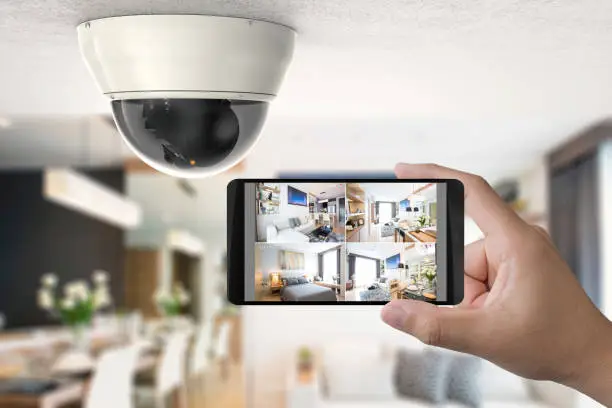
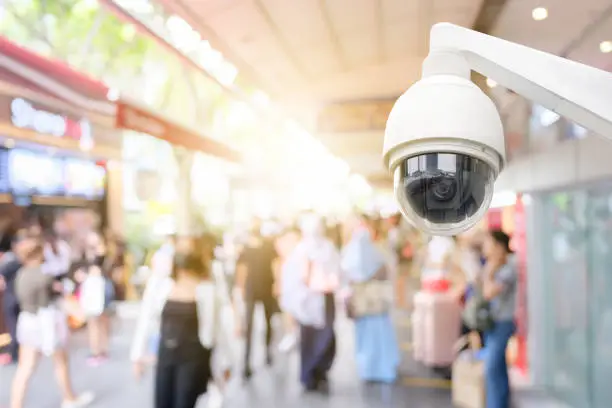
A typical CCTV system consists of the following key components:
- Cameras: These are the devices that capture video footage. They come in various types, including fixed cameras, PTZ (Pan-Tilt-Zoom) cameras, and specialized cameras for specific purposes.
- Video Recorders: Video recorders, such as DVRs (Digital Video Recorders) or NVRs (Network Video Recorders), are used to store and manage video footage. DVRs are used with analog cameras, while NVRs work with IP cameras.
- Storage: Adequate storage is essential to store video recordings, and it can be local (on the recorder) or network-attached (NAS).
- Network Infrastructure: For IP-based CCTV systems, a network infrastructure with Ethernet cabling, switches, and routers is required to ensure data transmission between cameras, recorders, and remote access devices.
- Power Supply: Cameras often require a power source, and Power over Ethernet (PoE) switches can provide both data connectivity and power to PoE-enabled cameras.
- Video Management Software (VMS): VMS applications are used to manage, view, and analyze video footage. They offer features such as real-time monitoring, video playback, video analytics, and system administration.
CCTV systems are an effective tool for enhancing security, monitoring, and surveillance across a wide range of settings, and they provide valuable evidence in various situations. They continue to evolve with advancements in technology, offering higher resolutions, intelligent analytics, and remote access capabilities.




